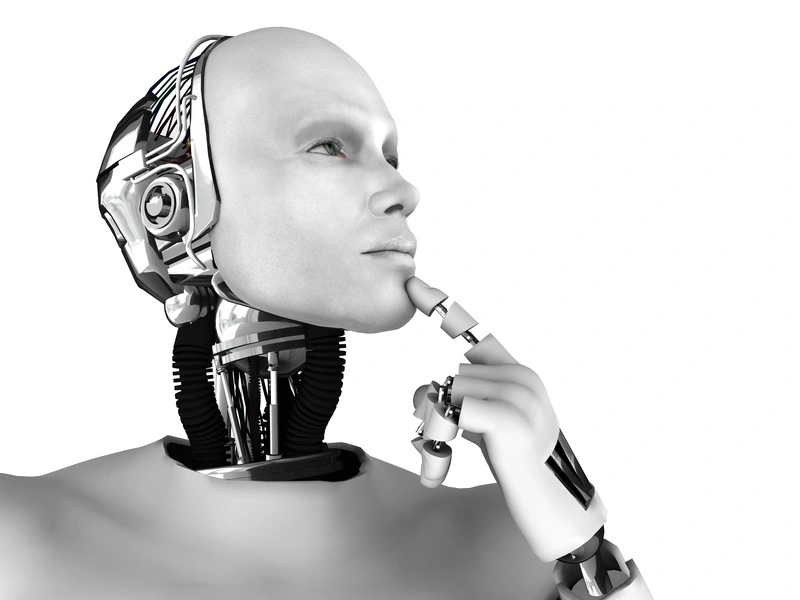By Katerina Dimarogkona,
Not fear, not revulsion; creepiness is what happens before actual danger is openly there. A bank robbery is scary, but a doll that looks like it is staring at you is creepy, as are clowns, dark alleys, or that stranger you think might be following you down the street. You are not sure why, but you feel unsettled, the room suddenly feels cold, and maybe there is something disturbing. Or maybe you are seeing things that just are not there. This is what we call “getting the creeps”. The mind is endlessly fascinated by these ominous lullabies, dead babies, and supernatural entities that haunt books, movies, and folklore, but for all its ubiquity, psychologists do not really understand what makes creepy things creepy. And why the obsession with children’s things? Why dolls, lullabies, and clowns?
Frank McAndrew, a professor of psychology at Knox College in Illinois, did one of the first studies on this phenomenon. In a 1,300-people survey, they found out that the biggest predictor of creepiness is uncertainty. Acting in unpredictable ways and defying social norms and conventions, such as making eye contact or mimicking the person talking with you, are more likely to make you seem creepy. And this essential element of surprise is right there in children’s things. The subconscious momentarily feels warm and safe for a split second when seeing a cute toy or a small child, only to discover that this perceived innocence is an illusion and that there is actually a grave danger in, let us say, a horror movie when we see that the doll, child or clown is possessed and evil. Think of those carnivorous plants in the Amazon rainforest that eat small animals. They do that by looking so enticing that they lure and then trap birds and insects. With creepy things, we have the sense that our senses are deceiving us. There is a malevolent force that intentionally looks innocent as a trap to gain our trust, but ultimately has the goal to cause us harm.
Dolls in particular are also unsettling because of a thing named the “uncanny valley”. A roboticist called Masahiro Mori discovered it in 1970. In his work, he found that the more lifelike his robots looked the more people liked them — up to a certain point. When they looked too much like people, they entered the uncanny valley, a place where they do not look alive but are close. There, the robots create an eerie uneasiness in observers, and feelings of fear and disgust. The same effect has been observed in other not-quite-human things like dolls, clowns, and animated characters. Many children left the theaters crying and afraid of the character Fiona during the first screenings of the movie Shrek. The creators had to then go back to the studio and make her look less like a person, less terrifying. The reason why this happens is possibly the ambiguity that makes us not sure if they are alive or not, causing a creepy sense of danger, or they look so close to being alive that we unconsciously think that they are dead or dying.

Clowns, on the other hand, even have their own phobia, coulrophobia. The reason they cause such terror is suspected to be among others, the fact that they are deindividuated. Deindividuation is what happens when our real identity is hidden. A cashier with a name tag whose face we can see is individuated. A clown or anyone wearing a mask is not. The fear of masked people runs deep into our subconscious and is found in ancient myths to today. We distrust those whose identities we do not know and whose faces we cannot read because the belief that anonymity brings out the worst in people runs deep in us, letting abhorrent criminal acts go unpunished. And it is not an unfounded fear. John Wane Gacy put the fear of clowns deep into the world’s subconscious when in the 1980’s he killed 33 young men and boys dressed as “Pogo the Clown” in Illinois, USA. The disparity between the clown’s jolly appearance and their unknown true feelings and intentions makes even grown people uneasy.
The underlying causes for why these things affect our subconscious so deeply are not known. There are only partial theories and they are non-mutually exclusive. We will surely continue to have a morbid fascination with them in the future, making books and movies and TV shows. Perhaps to subconsciously prepare for our subconscious fears in a space that is not actually dangerous. Or, to contact a part of us that desires the supernatural and the primitive in a society that does not accept it. However we see it, there is no real consensus among experts, so it is anyone’s guess what is actually happening in our minds.
References
- The Psychology Behind the Creepy Clown Phenomenon, psychologytoday.com, Available here
- What Is the Uncanny Valley?, verywellmind.com, Available here
- On the Science of Creepiness, smithsonianmag.com, Available here




